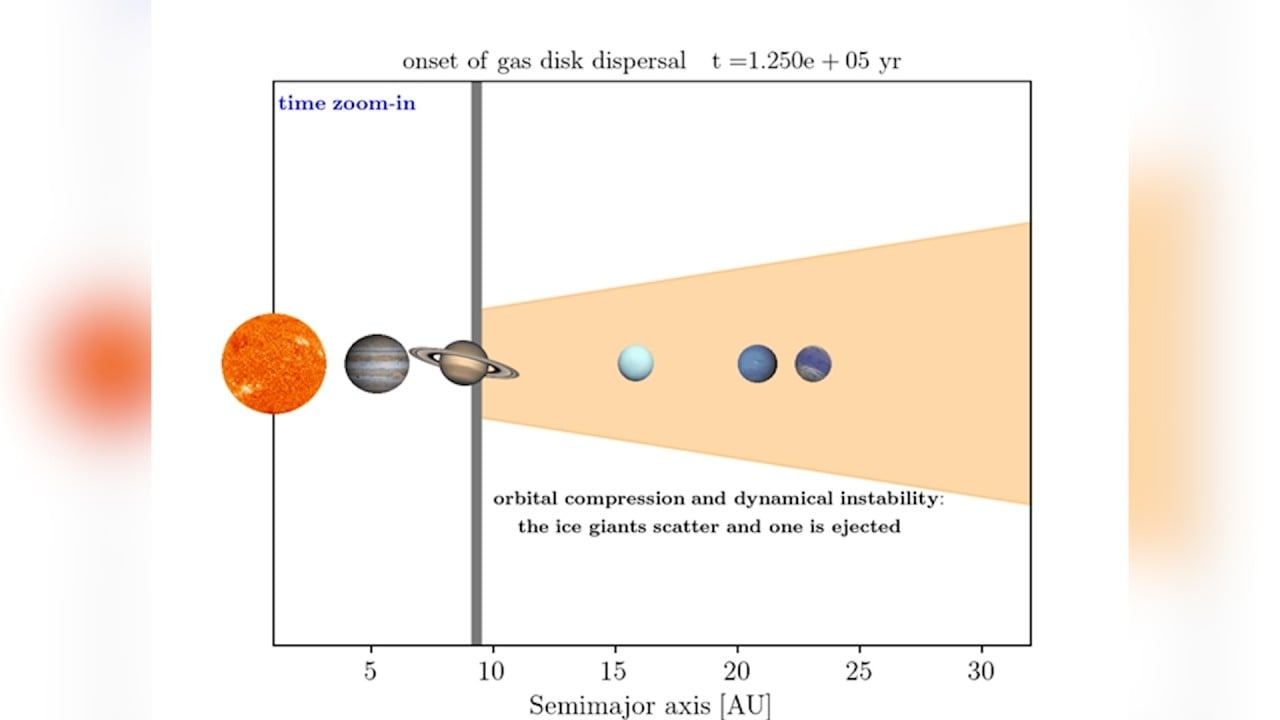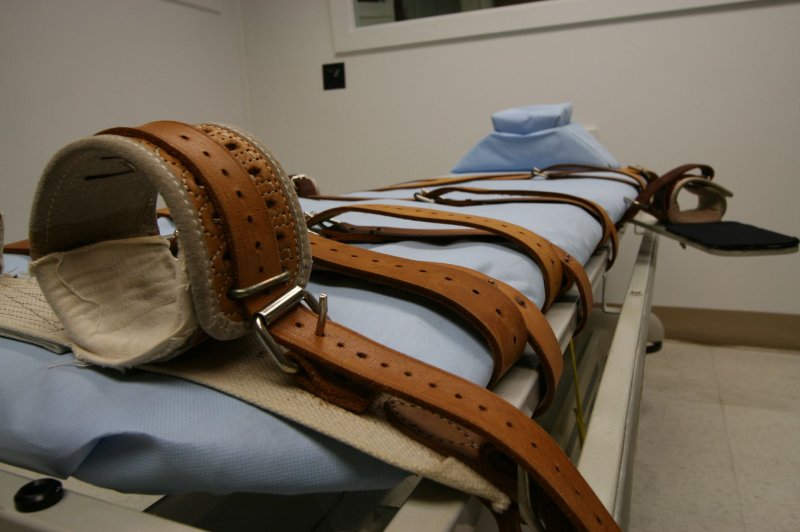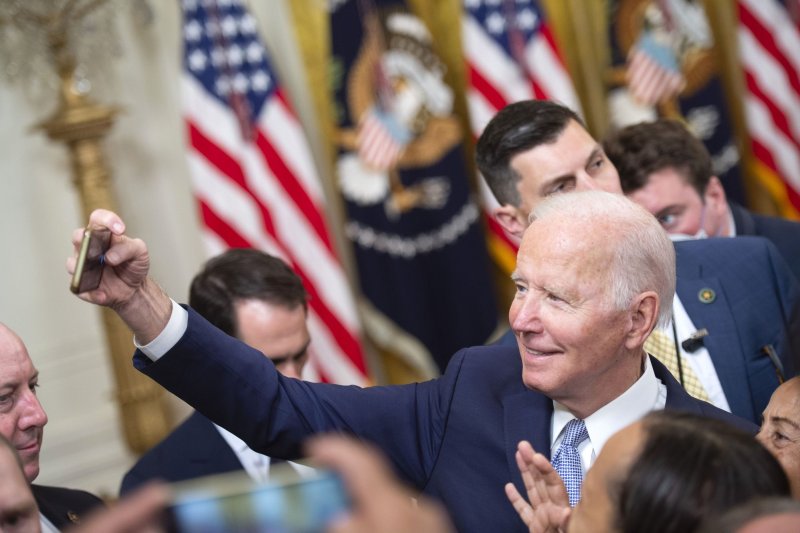SOCIAL DEMOCRATS
A citizens’ Europe?The Conference on the Future of Europe could lead to a new European constitution.
27th April 2022


Citizens’ panel two in Florence—’raising popular consciousness about the complexity of social reality and its governance’
During the last decade, European Union affairs have become significantly more politicised, on issues such as trade and austerity, the movement of people and climate change. To those have recently been added healthcare, due to the Covid-19 crisis, and lately defence and security, following the Russian invasion of Ukraine.
EU policy-making traditionally favoured institutionalised, Brussels-based, peak associations and umbrella organisations, which aggregated diverse interests. This in turn fostered tensions with grassroots groups within member states.
The Conference on the Future of Europe—whose final plenary is scheduled for the end of this week—represents an attempt to move away from the conventional, corporatist model towards ‘deliberative’ and ‘citizen-led’ policy-making. This has been evidenced through an online platform established to collect ideas from any European and especially the innovative European Citizens’ Panels. For the first time, individuals randomly selected from every corner of the continent have participated in formal transnational dialogues to engender recommendations for a better union.
This transition offers opportunities for the democratisation of the EU but it also carries risks: it is crucial to link the micro-exercises of the panels with the macro-level of political debates, within member states and across Europe. Then the politicisation of EU policies, resonating beyond the usual suspects within the ‘Brussels bubble’, would suggest the normalisation of the union as a public sphere—in which the dominant arguments are based on contestation of what the EU does, rather than nationalist Euroscepticism. It thus remains relevant to engage traditional interlocutors, such as parliaments, political parties, trade unions and civil society, at EU and national levels, with the constitutionalisation of the union on the horizon.
During the last decade, European Union affairs have become significantly more politicised, on issues such as trade and austerity, the movement of people and climate change. To those have recently been added healthcare, due to the Covid-19 crisis, and lately defence and security, following the Russian invasion of Ukraine.
EU policy-making traditionally favoured institutionalised, Brussels-based, peak associations and umbrella organisations, which aggregated diverse interests. This in turn fostered tensions with grassroots groups within member states.
The Conference on the Future of Europe—whose final plenary is scheduled for the end of this week—represents an attempt to move away from the conventional, corporatist model towards ‘deliberative’ and ‘citizen-led’ policy-making. This has been evidenced through an online platform established to collect ideas from any European and especially the innovative European Citizens’ Panels. For the first time, individuals randomly selected from every corner of the continent have participated in formal transnational dialogues to engender recommendations for a better union.
This transition offers opportunities for the democratisation of the EU but it also carries risks: it is crucial to link the micro-exercises of the panels with the macro-level of political debates, within member states and across Europe. Then the politicisation of EU policies, resonating beyond the usual suspects within the ‘Brussels bubble’, would suggest the normalisation of the union as a public sphere—in which the dominant arguments are based on contestation of what the EU does, rather than nationalist Euroscepticism. It thus remains relevant to engage traditional interlocutors, such as parliaments, political parties, trade unions and civil society, at EU and national levels, with the constitutionalisation of the union on the horizon.
Two precedents
The Conference on the Future of Europe evokes two precedents. The first was the Conference of Messina in June 1955, considered a turning-point in the relaunch of European integration. Despite the successes of the 1951 Treaty of Paris establishing the European Coal and Steel Community, the failure of the European Defence Community and of the European Political Community had paralysed the integration process. At Italy’s initiative, the foreign ministers of the six founding member states gathered in Messina to find a way to move forward.
The governments agreed on the setting up of a common European market allied to the expansion of trade and the movement of persons (Italy had a substantial labour surplus), as well as more and cheaper energy. Messina initiated a process which, through an innovative institutional setup, centred on a committee of experts acting under a ministerial mandate. The foundational Treaty of Rome followed in 1957.
The second precedent was the Convention on the Future of Europe. This was convened at a critical juncture between 2001 and 2003—with EU enlargement to the east imminent, stemming from the collapse of the Soviet sphere and the end of the cold war, amid a fraught geopolitical environment after the ‘9/11’ attacks in the United States and the start of the controversial ‘war on terror’.
The convention was tasked by the European Council to ‘resolve three basic challenges: how to bring citizens, and primarily the young, closer to the European design and the European institutions, how to organise politics and the European political area in an enlarged Union and how to develop the Union into a stabilising factor and model in the new, multipolar world’. It drafted a treaty establishing a European constitution, though this was eventually rejected in referenda in France and the Netherlands. It was unclear, however, whether these votes were against Europe per se or its then neoliberal colouring and the substance was preserved in the conventional intergovernmental Treaty of Lisbon of 2007.
Both initiatives were taken at key moments in the process of European integration. Both entailed original institutional designs, conceiving new methods to reform the EU not foreseen in the treaties. Both proved valuable in relaunching the European project.
Now a new constitutional process is due, as urged in recommendation 35 from citizens’ panel two, on European democracy, in the Florence session of the Conference on the Future of Europe: ‘We recommend that the EU reopens the discussion about the constitution of Europe with a view to creating a constitution informed by the citizens of the EU. Citizens should be able to vote in the creation of such a constitution.’
Deliberative democracy
Europe can reinvent democracy for the 21st century, also capitalising on the pluralistic possibilities of the digital age. It is imperative, however, to combat the ‘dark side’ of online life, of organised misinformation and other modes of manipulation which corrode the European public sphere.
Deliberative democracy can help with that, as the European citizens’ panels have once again demonstrated, raising popular consciousness about the complexity of social reality and its governance. Participatory and deliberative democracy should not be considered as replacements for representative democracy but as an integration of it: institutions cannot really be renewed without the involvement of citizens. A permanent European citizens’ assembly would be a step towards a fully-fledged European deliberative democracy. It should become a new EU institution and part of union law-making.
Reforming the EU political system is a burning issue, with the need to adopt qualified majority voting as the ordinary procedure top of the agenda. The European Parliament should be granted more powers, including to initiate legislation (currently confined to the European Commission) as well as on the budget and taxation. More weight should be given to it and to national parliaments, at the expense of the Council of the EU. National parliaments should play a role in EU accountability, to bring European issues into national political debates and encourage parties and parliamentarians to pay more attention to them.
The Spitzenkandidaten approach to appointing the commission president, which gives a role to EU citizens in choosing the executive power, should be formally adopted and implemented, together with transnational party lists in elections to the parliament. Currently the lead candidates are chosen by national parties, but potential candidates should be required to appeal to European as well as national constituencies.
Transnational political participation should be stimulated by encouraging activism on EU policies, allied to a diminished focus on expert-oriented EU interest-group representation.
The European Citizens’ Initiative should be ascribed greater policy impact, with meaningful follow-up required. Pan-European referenda should be considered, not only for constitutional change but also in connection with the ECI and transnational citizens’ assemblies.
The Conference on the Future of Europe has been an educative experiment in democratic citizen engagement at the continental scale. Continuing this experiment could accelerate transnational civic activism and the building of new types of EU institution, including permanent mechanisms of deliberative and participatory democracy. This process should be sustained—developing at least the citizens’ panels experiment—until the 2024 European election.
Possible outcome
This process would strengthen, rather than undermine, the representative institutions. It could pave the way, once the new European Parliament is elected, for the latter to operate as a constitutional assembly. This would complement the convention addressing changes to the treaties which a number of members of the parliament, some governments and many non-governmental organisations are seeing as the possible outcome of the Conference on the Future of Europe, activating article 48 of the Treaty on European Union.
In their coalition deal of last November, the current German government partners declared that the conference ‘should lead to a constitutional convention and the further development of a federal European state’. Citizens Take Over Europe, a coalition of more than 50 civil-society organizations, proposes that such a convention should be organised in the most participatory and inclusive manner, drawing on experiences of citizen involvement in Iceland, Ireland, Romania and Chile.
Such a constitutional path, if initiated, would prove that the approval in December 2020 by the European Council of the NextGenerationEU recovery fund, financed by borrowing on behalf of the union as a whole, was indeed a ‘Hamiltonian moment’ for the EU. Such measures should be recognised as permanent and not provisional, integrated into a new, de facto federal, institutional framework.
The ideology of neoliberalism was sustained through a remote, technocratic discourse. Transnational activism and a bridging of EU and national politics offer a route to bring progressive ideals into the union. The democratic future of our continent lies here—moving from ‘policy without politics’ to policy with politics, through citizens’ protagonism.
This article is an updated synthesis of the paper ‘Citizens’ Europe: an institutional turn for an ever-democratic union?’, published by the Foundation for European Progressive Studies

MICHELE FIORILLO
Michele Fiorillo is a political philosopher whose research focuses on the history of ideas, theories of democracy and European integration. He was co-initiator of CIVICO Europa and of Citizens Take Over Europe, a transnational coalition of more than 50 NGOs.

SEAMUS MONTGOMERY
Seamus is a political anthropologist based in the UK whose work has been primarily with and about EU civil servants. He is currently a postdoctoral affiliate and teaching assistant at the University of Oxford.

FABIO DI NUNNO
Fabio Di Nunno is a teaching assistant at the University of International Studies of Rome (UNINT), a journalist at Città Nuova and contributor to the Annali of the Italian Institute for Historical Studies.

ALVARO OLEART
Alvaro Oleart is a postdoctoral researcher at Studio Europa Maastricht and the Department of Political Science of Maastricht University. He is the author of Framing TTIP in the European Public Spheres: Towards an Empowering Dissensus for EU Integration, published in the Palgrave series of European political sociology.
Home










.png)